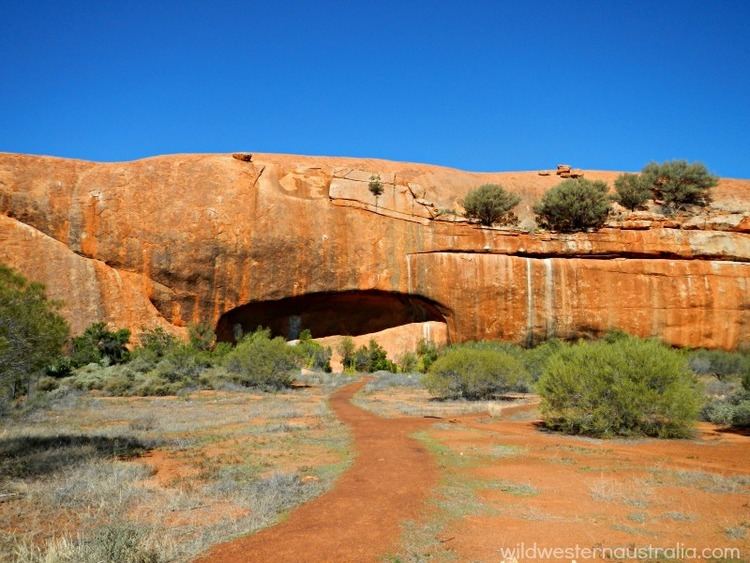 | ||
Aboriginal art at walga rock
Walga Rock"Walgahna Rock" is claimed to be the second largest monolith in Australia.
Contents
Located at 27°24′S 117°27′E, about 50 kilometres south-west of Cue, Western Australia, it contains a cave with an extensive gallery of Indigenous art.
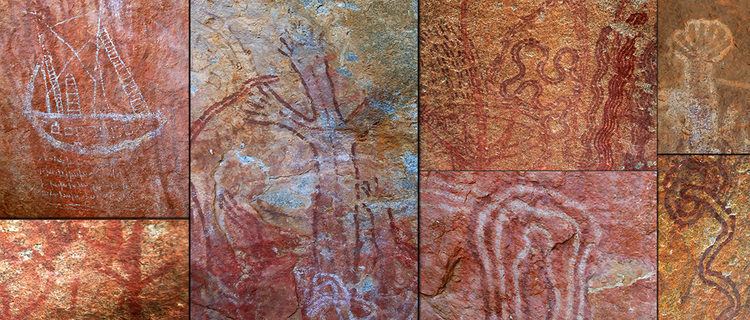
Arriving at walga rock awesome
Painting
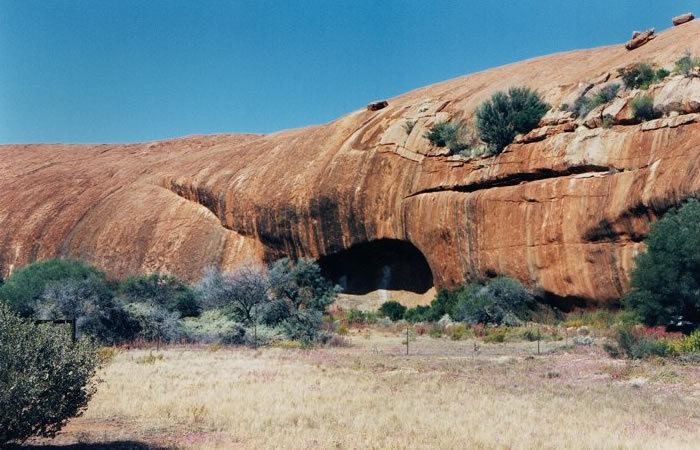
A painting of what appeared at first glance to be a sailing ship appears superimposed over some of the earlier works and underneath there are lines of writing that while resembling a Cyrillic or Arabic script have not been identified. While the Indigenous gallery is in itself remarkable, there has been a great deal of speculation about the painting, especially considering it is located 325 kilometres from the coast. It has been argued that it was drawn by survivors of the heavily armed three-masted Dutch East India (VOC) ships Batavia or Zuytdorp; or that it represents a 'contact painting' by indigenous Australians who saw a ship on the coast and then moved inland.
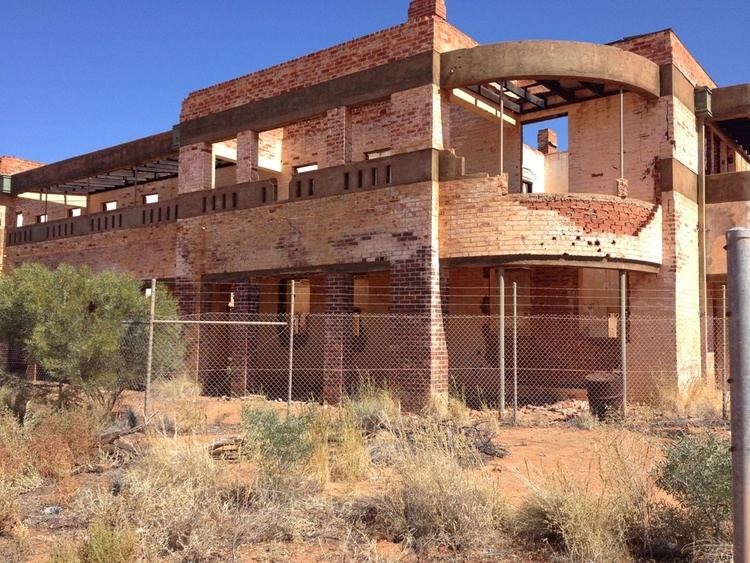
Proponents of the three-masted armed sailing ship theory considered that the middle (or main) mast of the three shown in the Walga Rock/ Walgahna Rock image had broken and fallen overboard. Though none of the underwater detail (e.g. the rudder) is evident, ratlines (to enable the crew to scale the rigging), and some stays (holding the masts vertical) are depicted. The hull appears pierced for at least 14 cannon with seven gunports evident along one side.
SS Xantho?
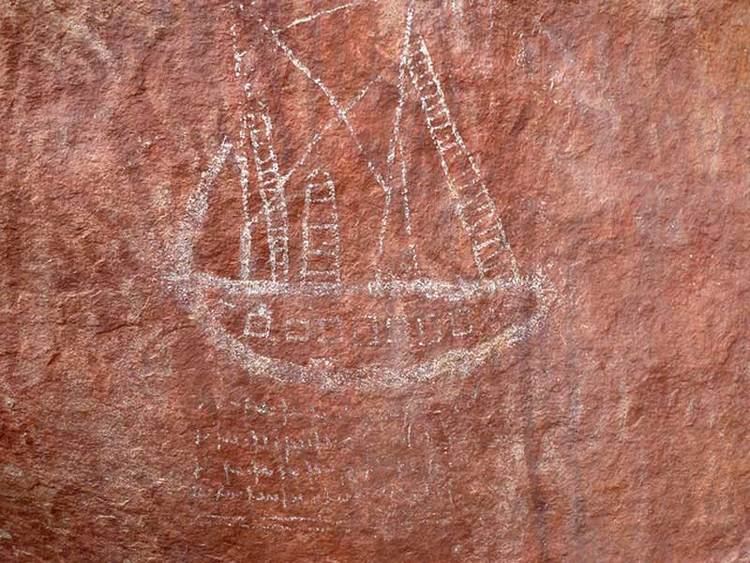
While it was not generally known until recent years that colonial-era steamers also carried sails, few if any aware of that fact now doubt that the image is that of a colonial steamship. It is flush-decked (i.e. with no superstructures) with the tall feature mid-ships being a long segmented funnel characteristic of the era (tall funnels produced a greater draft for the boiler fires).

A sail appears set on the mizzen mast and if this is correct, the bow is to the right of the image. To set a mizzen sail while at anchor in order to keep a vessel's head into the wind is a common practices to this day. Further it is almost certain that the vessel depicted was not armed, for rarely were steamers armed with a 'broadside' and false (painted) gunports were a common feature of vessels in the late 19th century, with the barque City of York wrecked on Rottnest Island in 1899 a useful example.

The similarities between the Walga Rock image and a 19th-century two-masted steamer with a long segmented funnel, with its mizzen sail up (to keep its head into the wind) and with false gun ports are remarkable. Of the two-masted, flush decked (with no bridge or superstructure) colonial steamships operating in the north west of Australia, SS Xantho owned by the controversial pearler and pastoralist Charles Edward Broadhurst was of such import it is a likely possibility as the inspiration for the Walga Rock painting. [1]
Further, independent research conducted by mid-west historian Stan Gratte (OAM) indicated that the Walga Rock painting was produced around 1917 at the time when his records show that Sammy 'Malay', also known as Sammy Hassan, arrived there from Shark Bay. Apparently a 'Malay'—the name generally but incorrectly describing indentured labourers who came to the north west from the islands north of Australia, Sammy Hassan appears to have remained in Shark Bay after the downturn in the pearling industry in the late 1870s. He is also known to have occupied what is now known as Sammy Well on the north east end of Dirk Hartog Island.
It is possible that he was one of many hundreds of indentured 'Malay' pearl divers who were transported to NW Australia in the early 1870s. Over 140 were transported on the Xantho from Batavia and the Straits Settlements, for example. Some were abandoned by Broadhurst, some at Geraldton when the Xantho sank in 1872 and many others suffered a similar fate three years later in Shark Bay. While there are many examples of Indigenous art depicting vessels on the Western Australian coast, including others showing what appears to be the SS Xantho and possibly another steamer at Inthanoona Station east of Cossack, the Walga Rock painting is one of the most inland examples.
